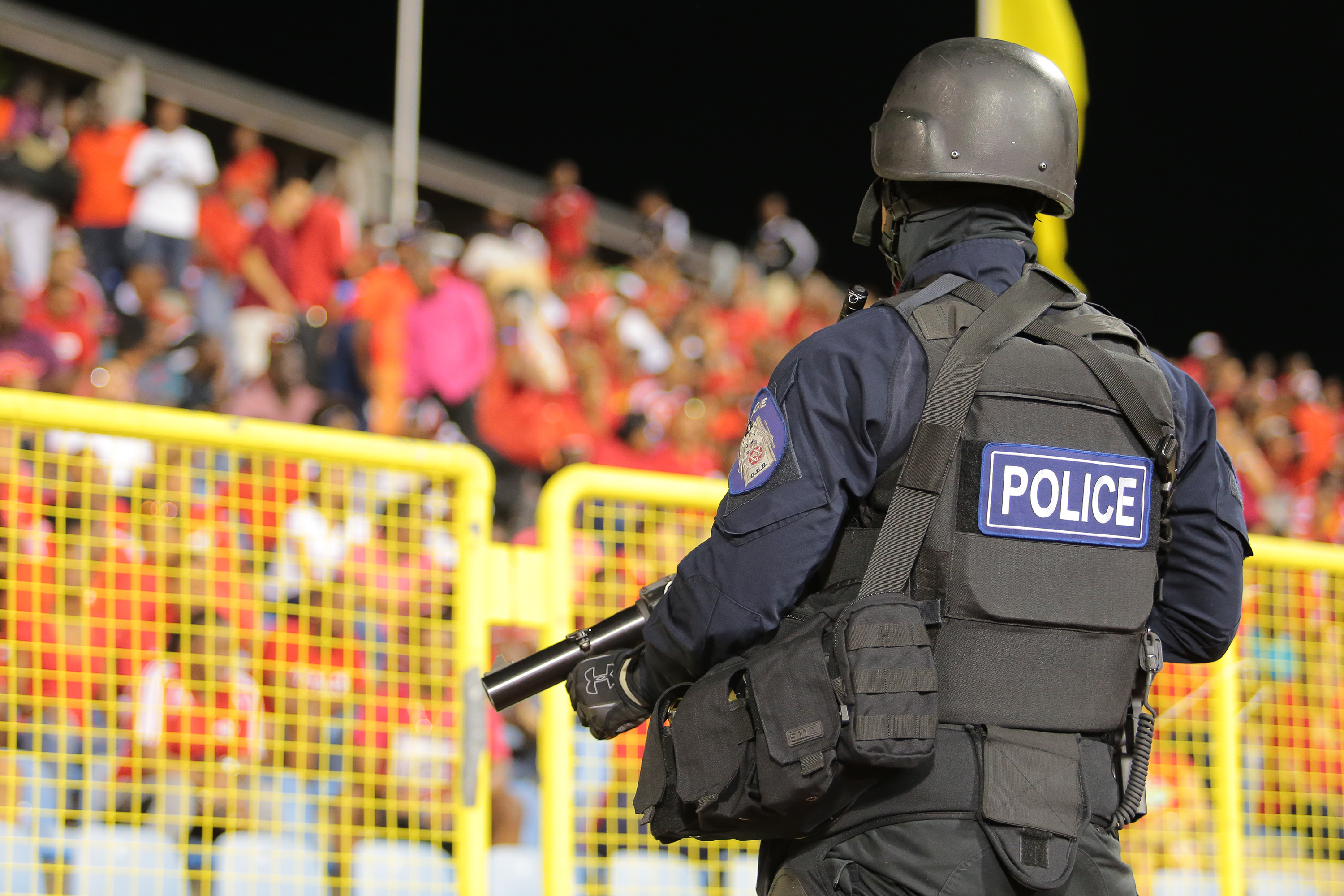From the daydream-inducing photos, the nation of Trinidad and Tobago looks like an island paradise, complete with lush green hills, aqua clear ocean water and long, gently curving beaches.
But the island off Venezuela’s northern coast that draws tens of thousands of tourists every year has also been developing a less public and less idyllic reputation — as a foothold for Islamic extremism in the Western Hemisphere.
Though the island population is only 1.3 million — roughly the size of Dallas, Texas — it has seen an estimated 130 individuals travel to Iraq or Syria to join up with extremist groups. To put that in perspective, the entirety of the United States, which has a population of approximately 330 million, has seen about the same number.
That threat, in turn, has attracted U.S. counter-terrorism experts who have partnered with the local government to try and stop the problem at its source, through countering violent extremism (CVE) programs that have historically been used in the U.S.
A recent State Department Magazine report detailed the effort, and revealed that a major component is a “dynamic campaign” known as the SafeCommuniTT Initiative. The idea is to be the “next generation of CVE work and model for confronting post-Caliphate ISIS recruitment by leveraging both Public Affairs Section (PAS) and Department of Defense resources,” Irfan Saeed, the director of the Office of Countering Violent Extremism in the State Department’s counter-terrorism department, said.

That leveraging works in three steps: creating a “network of key influencers” and “credible messengers,” transforming that group into advocates against extremism who can reach “at-risk populations,” and “leveraging resources” to support that effort, according to the report.
“Credible messengers” are necessary, as the Department of Homeland Security explained in 2016, because U.S. government officials are about the last people that will be able to meaningfully engage with a potential ISIS recruit and convince them it’s a bad idea.
“[T]he involvement of the government is an immediate disqualifying and delegitimizing factor for any messaging campaign… and will not have recognition by or resonance in the target audience,” the DHS wrote in a report at the time. “What does demonstrate success is the utilization of ‘influencers’ with existing credibility and following, who can directly engage in both a broadcast as well as a direct dialogue with volume, tone, and content to which the target demographic will respond.”
In other words, finding the right messengers for such an important message.
In Trinidad and Tobago, that means that “during months of relationship building with local community members in religious centers, at-risk neighborhoods, prisons and government offices, the CVE working group identified and vetted exemplary individuals based on their dedication to community service and their interest in leading CVE efforts in country,” the State Department article says. “During the search, the CVE team reached some of the most radicalized areas in the country and created opportunities and contacts to advance U.S. interests where none existed before. The CVE team selected more than 80 individuals, from senators to former convicts to prominent musicians to religious leaders. The SafeCommuniTT network began to take shape.”
The U.S. Embassy in Trinidad’s capital, Port of Spain, also brought in officials from the U.S. National Counterterrorism Center to do a one-hour training workshop known as the Community Awareness Briefing (CAB) that’s designed to “get communities talking about the risks and about warning signs of radicalization among youth.”
It remains to be seen how successful the effort will be. For now the U.S. State Department advises Americans to “exercise increased caution” if traveling to Trinidad and Tobago, both because of the threat of crime and the potential for terror attacks that may occur “with little or not warning.”
That isn’t just paranoia.
In February 2018, the U.S. military assisted in thwarting a potential terrorist attack on the island’s carnival festivities, CNN reported. Shortly after the arrests, though the threat was believed to have passed, a Trinidad and Tobago police official said, “The public, as usual, should remain vigilant.”
This article was featured in the InsideHook newsletter. Sign up now.
























